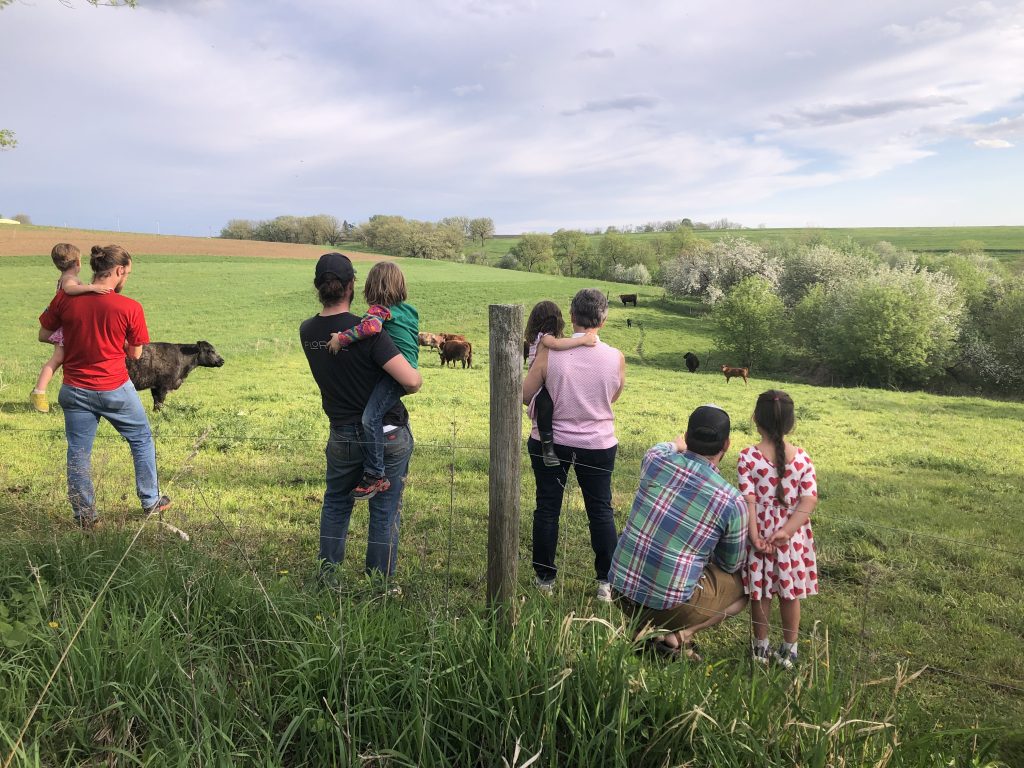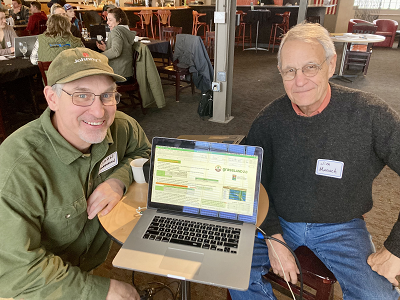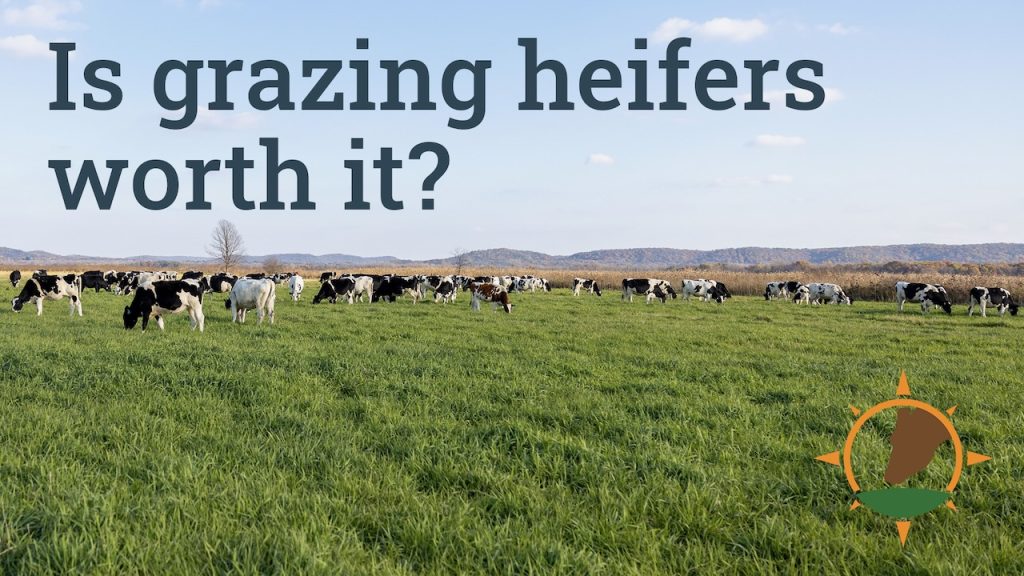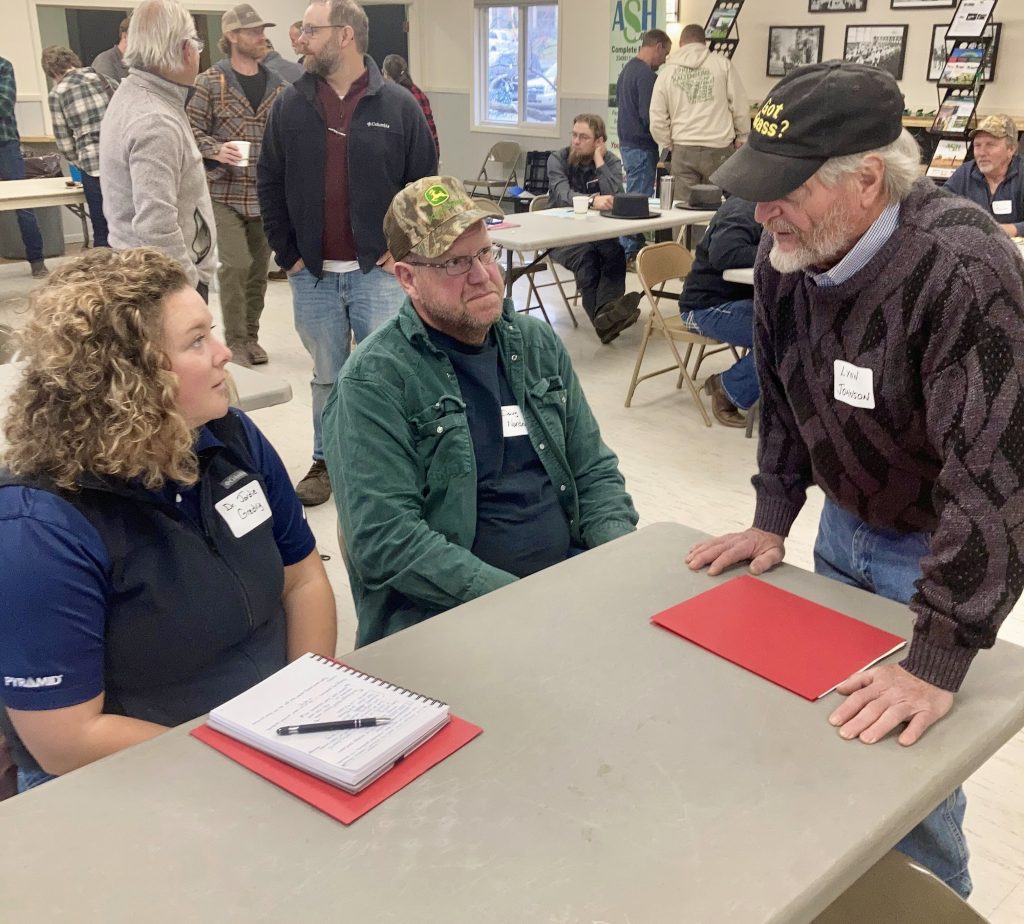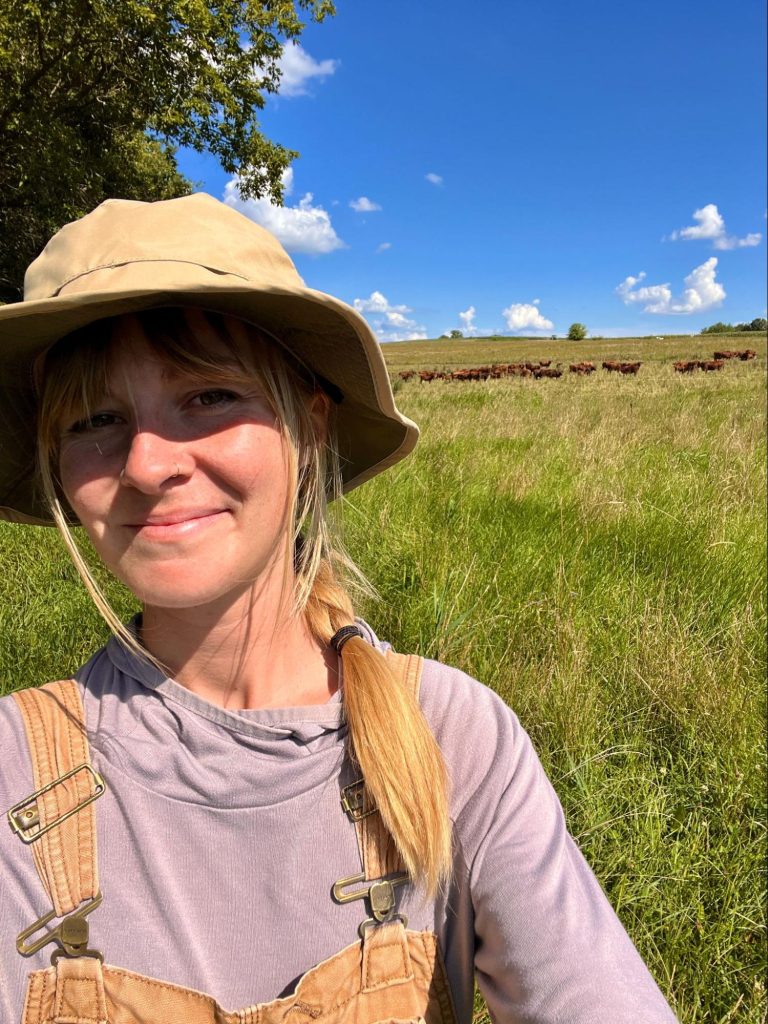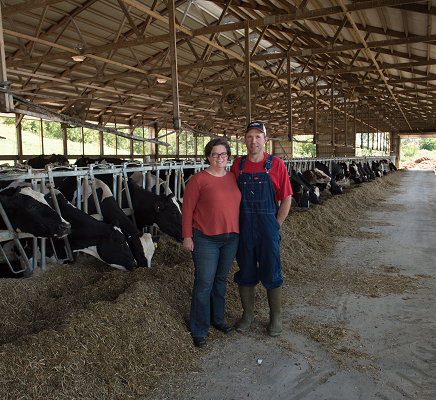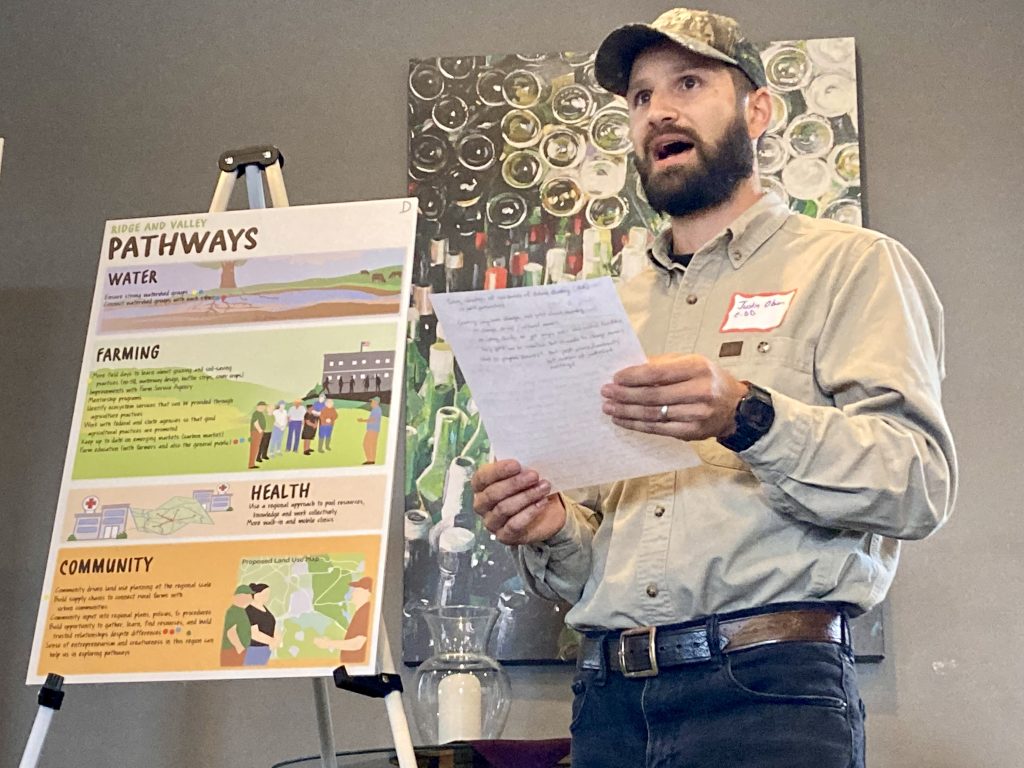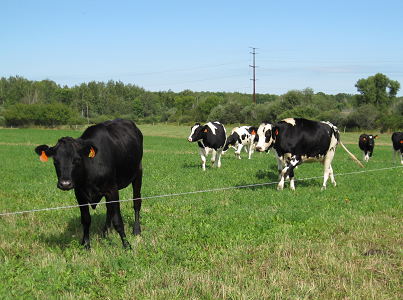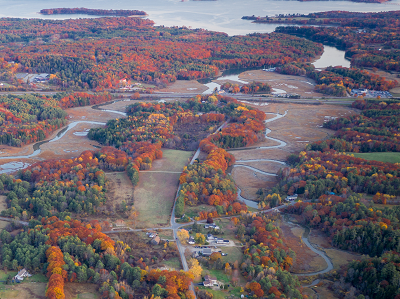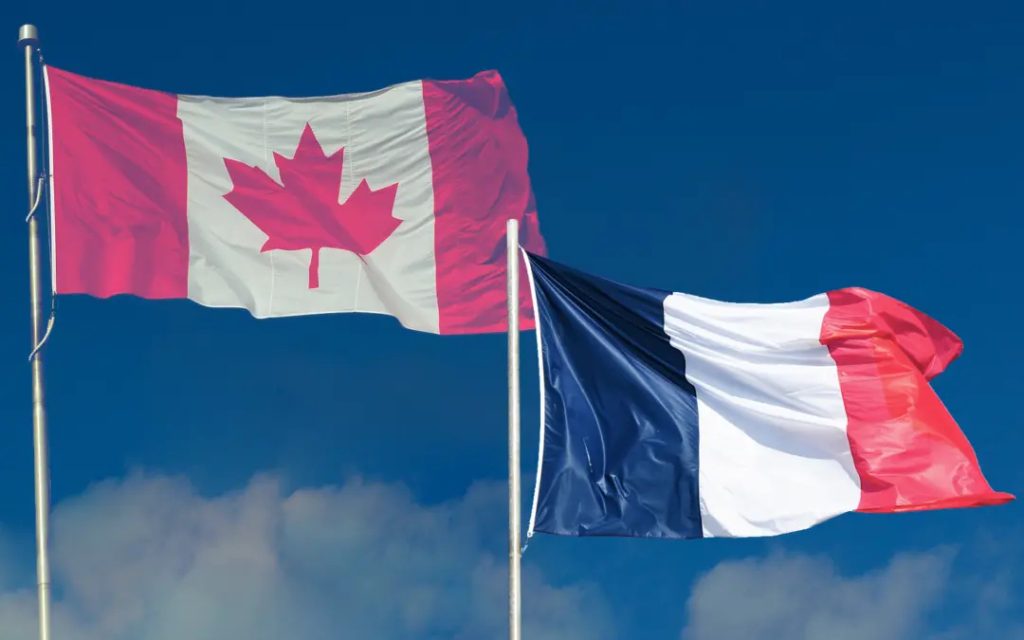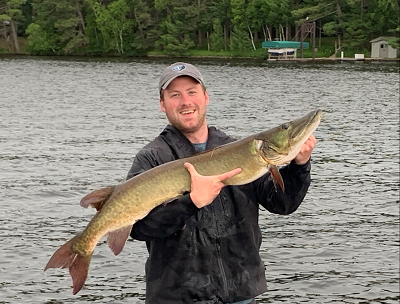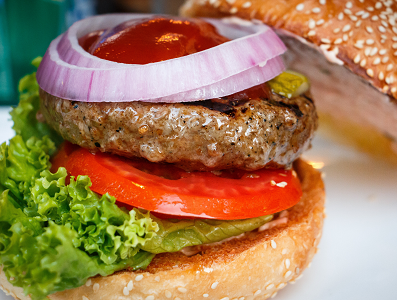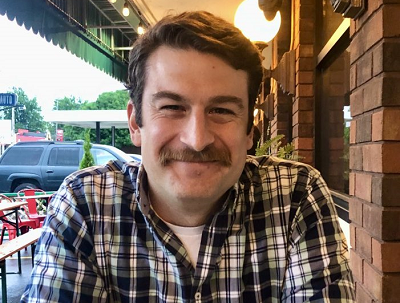The latest news on Grassland 2.0, grassland-based agriculture, and restorative agricultural systems.

Grazing Presents Opportunities for Connection
When Jason Cavadini arrived March 4 at the Shell Lake Community Center the parking lot was filling quickly. Once inside the center he was greeted by an enthusiastic assortment of farmers, educators and industry professionals who share an interest in grass-based agriculture. Cavadini is an outreach specialist with the University of Wisconsin-Division of Extension. He owns and operates a direct-market grass-fed-beef farm near Stratford, Wisconsin. He was in Shell Lake to share his experience with winter-bale grazing, to the attendees of the Northwest Wisconsin Winter Grazing Conference. “We’re basically an organization that depends on volunteerism,” said Lynn Johnson, who has been a key element in organizing the conference since 2017. “We depend on collaboration with other organizations to make our conference successful.”..Read More
Getting Beyond Yield: A Broader View of Agriculture
“Why do we engage in the practice of agriculture?” is a central thesis of Mark Bittman’s Animal, Vegetable, Junk: A history of Food, from Sustainable to Suicidal. This not-as-rhetorical-as-you’d-think question is asked from an economic and justice perspective: do we practice agriculture to 1) provide the food, fiber, and materials needed for people to thrive; or 2) to trade commodities on a global marketplace with the goal of squeezing every last dime out of the transaction?..Read More
Equipping Wisconsin’s Grazing Professionals with New Tool
On a blustery morning in January, grazing professionals from across the state gathered at the Blue Heron Brewpub in Marshfield. They congregated at the small-town pub for the Winter G-Team Meeting, a training on the Heifer Grazing Compass. “The Heifer Grazing Compass is a very in-depth tool that can really boil a grazing system down to the nuts and bolts financially,” says Jacob Brey, farmer at Brey Cycle Farm. “After going through the compass exercise, I was really impressed by its attention to detail; it doesn't leave any room for doubt if filled out correctly.”..Read More
When it comes to dairy, France and Wisconsin share common histories and aspirations
The Wisconsin grazing community has had a bond with France since the first dairy grazier cracked open the book, Grass Productivity by Andre Voisin. Translated into English in the late 1980s, this foundational 1956 work on managed grazing reached us just as the Wisconsin grazing movement was beginning to take off. ..Read More
New Report Highlights Recommendations for a Just Transition to Managed Grazing
What could a just food system look like? How do we get there? Erin Lowe and Ana Fochesatto, researchers with Grassland 2.0 at UW-Madison, have published a new report and six briefs for practitioners and community members that address these questions. Over the span of two years, Lowe and Fochesatto spoke with nearly 130 people across the Upper Midwest engaged in sustainable agriculture. In their conversations they focused on managed livestock grazing, a farming practice that has been shown to promote environmental health and restore the economic and social viability of rural communities. ..Read More
Video Release: Is Grazing Heifers Worth It?
We are thrilled to release this video on the Heifer Grazing Compass, featuring our friends Scott Mericka of Uplands Cheese, Ron Schoepp, and the cows of Schoepp Farms. Through development of this tool, we’ve learned that grazing heifers is cost-effective. The Heifer Grazing Compass allows producers to plug in the numbers specific to their operations […]..Read More
Grazing Network Thriving in Northwest Wisconsin
When Paul Daigle, an organizer in Grassland 2.0’s Cloverbelt Learning Hub and longtime grazing consultant, pulled into the parking lot at Shell Lake Community Center, it was overflowing. And he was 20 minutes early. Daigle drove to the northwest reaches of the state to attend the annual Fall Grazing Conference put on by Northwest Wisconsin […]..Read More
Pastures as Potential Pollinator Habitat
Story by Skye Bruce When you think of pastures, what do you see in your mind’s eye? Perhaps a field of grasses, speckled with cows, and maybe some clover? As a graduate student in Entomology at UW-Madison, I’m interested in whether these grazed landscapes contain habitat for beneficial insects, and how grazing management methods affect […]..Read More
Wild Rice, Kernza®, Hazelnuts, Oh My! Join us for discussion, learning, and socializing
Mark your calendars for two free events on Tuesday, November 1st. Join us over lunch for the next edition of the Grassland 2.0 Digital Dialogue Series! Dr. Mae Davenport, Professor and Director of the Center for Changing Landscapes at the University of Minnesota, will present and facilitate conversation from 12 – 1:30PM CT. Dr. Davenport […]..Read More
Envisioning the Ridge and Valley Landscape of Southwest Wisconsin
On a fall day in southwest Wisconsin, 32 people gathered at Branches Winery to explore the current and future state of agriculture in the region. The group was there for more than just the free lunch and fine wine. Farmers, entrepreneurs, public health professionals, county and city staff, leaders of non-profit organizations, educators, agriculture professionals, […]..Read More
Heifer Raising Road Show Kicks-Off in the Cloverbelt Learning Hub
On the evening of September 8th, a handful of dairy farmers and extension professionals met in a barn near Stratford, Wisconsin for dinner and drinks. These particular farmers were interested in the potential that dairy heifer grazing could have for their operations. Jason Cavadini, the state grazing specialist, hosted the dinner at Cavern Point Farm, which he calls the pilot event of the “Heifer Raising Road Show.”..Read More
Join the Grassland 2.0 Digital Dialogue for Conversations on Place-Making
As we head into fall, Grassland 2.0 once again is hosting our free Digital Dialogue series. In 2021, we kicked off the series with the question: What are healthy agroecosystems? In spring 2022, we asked: What are the levers of agroecological change? This fall we focus on a new question that is near and dear to our Grassland 2.0 work: How does place-making impede or facilitate socio-ecological change?..Read More
European and Canadian Perspectives on the Global Dairy Economy
A Seminar Sponsored by Grassland 2.0 As part of a tour of Wisconsin dairy, André Pflimlin, French Academy of Agriculture, Jean Yves Penn, organic dairy farmer in Brittany-France, and Guy Debailleul, agro-economist, Laval University / Quebec CAN, will stop by campus to offer their insights into dairy economics. The seminar will take place Thursday, September […]..Read More
Re-Defining our Places Through Learning Hubs
If improving biodiversity, water quality, and soil health are goals shared by so many, and we know about potential solutions, why aren’t these solutions being more aggressively pursued? Reshaping agriculture in ways that provide a spectrum of ecosystem services can feel daunting. The socially defined context in which farming decisions are made impedes transitions to more regenerative forms of agriculture (Stuart & Houser, 2018). For meaningful changes to occur in our agricultural systems, we need to reshape the way we have socially, politically, economically, and biophysically constructed the places where we grow and consume food (Vogeler, 2019). ..Read More
Looking for the perfect burger? Look for local grass-fed
If there is one thing that can be widely agreed upon – it’s that burgers are loved. In fact, market research firm Datassentials notes that burgers are the 10th most loved food in the US across demographic segments out of more than 3,000 items. For folks looking for the perfect all-beef burger, grass-fed is a delicious, healthy option that provides an array of benefits to the environment and the local economy...Read More
Zine-making: Grassland 2.0 leverages counterculture tactics
The Grassland 2.0 Curriculum Development and Education Team has been busy on our latest project, The Gra-Zine (gray-zeen)! The Gra-Zine is a zine – a mini, self-published magazine – exploring topics related to Grassland 2.0’s vision: shifting Upper Midwest dairy farming toward a grass-based agroecosystem. Topics encompass the range of benefits, barriers, and possibilities brought by this transition onto grass...Read More
Thinking as a Community
Grassland 2.0’s Summer Meeting Recap By Greta Landis “Until we build visions and models for the future, we won’t know where we are going, or how to chart our course to get there,” said Randy Jackson, one of the principal investigators of Grassland 2.0. A barn full of 50 farmers, researchers, and conservation and policy […]..Read More
New infographic illustrates reintegration of livestock and crops
Back in the day, diversified farms were the norm—every farm had a mix of livestock, annual crops, and perennial pastures. Though viewed by some as impractical and inefficient in today’s era of specialization, there are sound scientific and economic reasons to pursue diversified farming systems for today’s agriculture. There’s a growing movement of farmers who are reintegrating livestock and crops to recapture some of the economic and environmental benefits they provide. In the Upper Midwest the Match Made in Heaven project is teaming up with innovative crop and livestock farmers to modernize and scale up diversified systems for today’s agriculture...Read More
Accidentally Medicating Our Soil Microbiome
Grassland 2.0 goes global with Carl Wepking, Grassland 2.0 Program Manager, featured on a podcast by Proagni, an Australian-based company dedicated to reducing the environmental and social footprint of agriculture while improving farm economics. That’s a mission we can all get behind. ..Read More
Dairy Needs Real Innovation
William D. Hoard’s enlightened understanding of the importance of livestock to soil health, coupled with his courageous advocacy work, helped pull Wisconsin agriculture from the depths of despairing wheat production in the late 19th century. When year after year of wheat production led to devastating disease pressure, he opened a door to unimagined prosperity. Hoard ignited the concept of America’s Dairyland by understanding the importance of diversified cropping to break disease cycles, the role of livestock in recycling nutrients, and the importance of peer-to-peer education to making change. Hoard’s lore, captured in the booklet “Hilltop Decision,” speaks of how Governor Hoard saw “good farmers” exiting the industry all around him, and he realized the importance of education and technical support to maintain families on the land. We might call his work agricultural innovation because he transformed the industry. That is, Wisconsin agriculture was never the same, and that was a good thing . . . “back in the day.”..Read More

